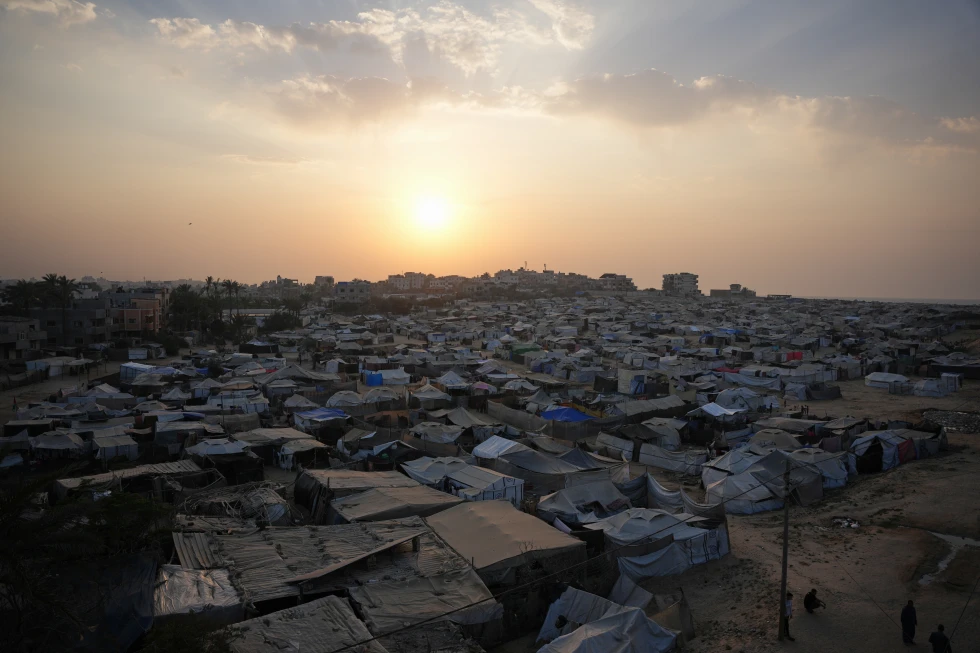Extreme weather events, exacerbated by climate change, are significantly influencing undocumented migration patterns between Mexico and the United States, according to new research published in the Proceedings of the National Academy of Sciences. The comprehensive study reveals that severe weather conditions, particularly during crucial agricultural seasons, correlate strongly with increased rates of unauthorized border crossings from Mexican farming communities. Additionally, these weather patterns appear to discourage migrants from returning to their home regions. Let's dive into the implications of this new research.
The Study
Analyzing data from 84 agricultural communities in Mexico, researchers examined daily weather records and survey responses from 48,313 individuals between 1992 and 2018, including approximately 3,700 first-time undocumented border crossers. The findings demonstrate a clear correlation between drought conditions and migration rates, particularly in regions dependent on rain-fed agriculture.
The study indicates that communities experiencing significant rainfall deficits during the critical May-to-August growing season subsequently report higher rates of undocumented migration. These agricultural regions, where corn production serves as a primary economic driver, demonstrate particular vulnerability to climate variability.
Furthermore, the research identifies a secondary effect: migrants who have successfully crossed into the United States demonstrate reduced likelihood of returning when their home regions continue to experience adverse weather conditions, whether through persistent drought or excessive rainfall.
The migration decision-making process, however, extends beyond weather patterns alone. The study identifies significant economic and social factors influencing migration choices. Communities with established migration networks, where individuals have existing connections in the United States, exhibited higher rates of climate-induced migration. Additionally, research indicates that individuals with greater financial resources showed increased likelihood of migrating in response to climate stressors.
What it Means
This research contributes to broader climate migration projections from the United Nations Intergovernmental Panel on Climate Change, which estimates that climate-related disasters could displace 143 million people globally over the next three decades. These displacement factors include rising sea levels, drought conditions, and extreme heat events.
The situation appears particularly critical for Mexico, where projections indicate average annual temperatures could increase by up to 5 degrees Fahrenheit by 2060, potentially further destabilizing agricultural communities already struggling with climate variability.
The study's findings suggest potential policy approaches, indicating that environmental initiatives could effectively serve as immigration policy tools. Researchers propose that expanding irrigation infrastructure access in vulnerable agricultural communities could help mitigate drought effects and reduce migration pressures. Similarly, investments in rural resilience programs could enable populations to remain in or return to their home communities rather than migrating out of necessity.
Moving Forward
These findings emerge amid ongoing political discussions regarding immigration policy and climate change response in the United States. The research illuminates complex interconnections between environmental policy, agricultural sustainability, and migration patterns at the U.S.-Mexico border.
Looking forward, the study's authors suggest that unauthorized migration rates may increase unless significant policy changes address both environmental and immigration challenges. The research emphasizes the need for comprehensive approaches considering climate change's role in driving migration patterns.
The study represents one of the most detailed examinations to date of the relationship between climate change and migration patterns. As climate change continues affecting agricultural communities globally, understanding these migration drivers becomes increasingly crucial for developing effective policy responses.
The research indicates that addressing climate resilience in agricultural regions could prove as significant to managing migration flows as traditional border security measures, suggesting policymakers may need to reconceptualize immigration policy frameworks in response to growing climate instability.
















Discussion